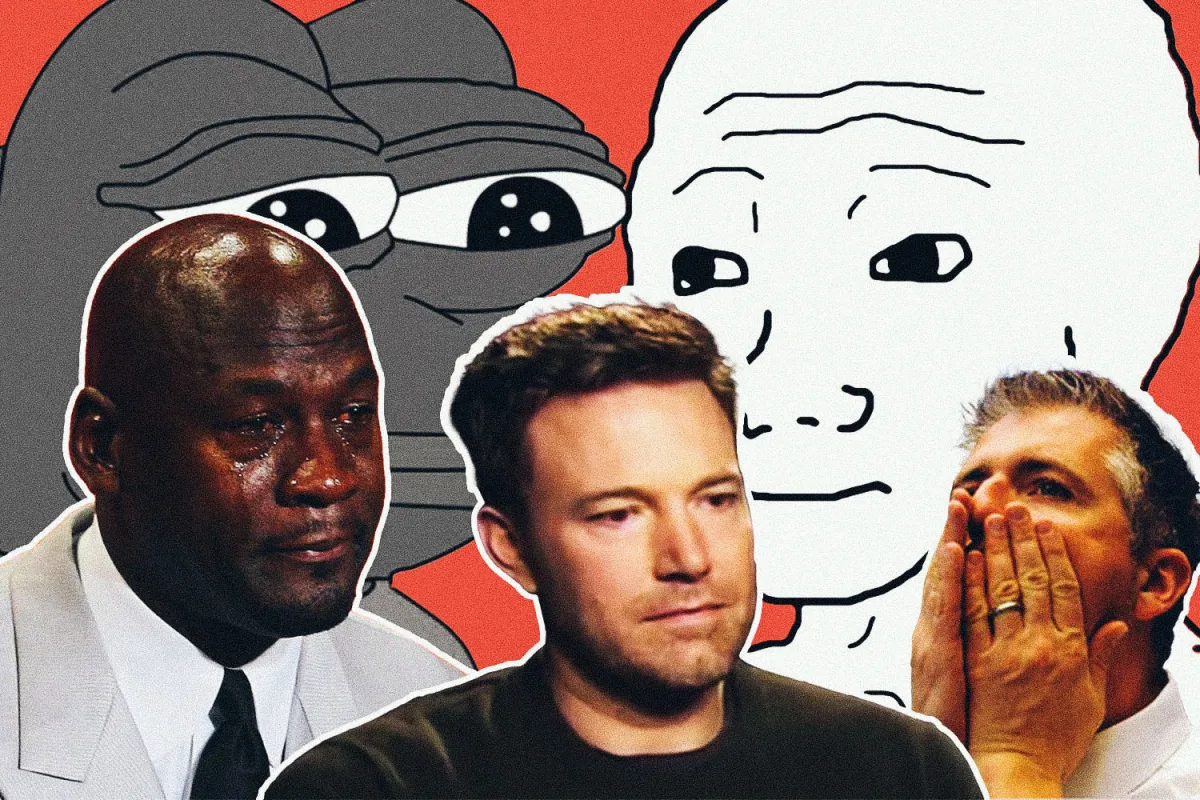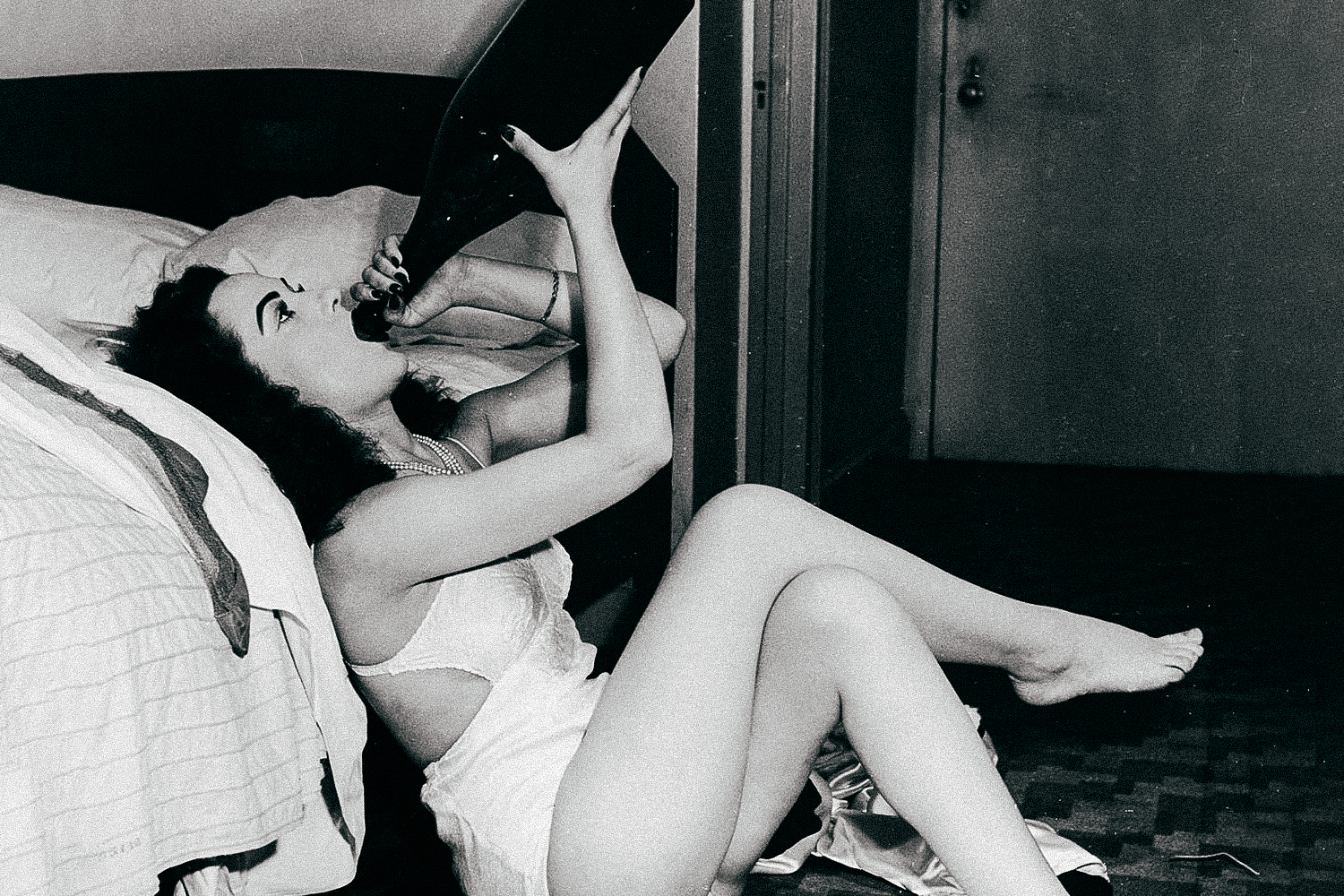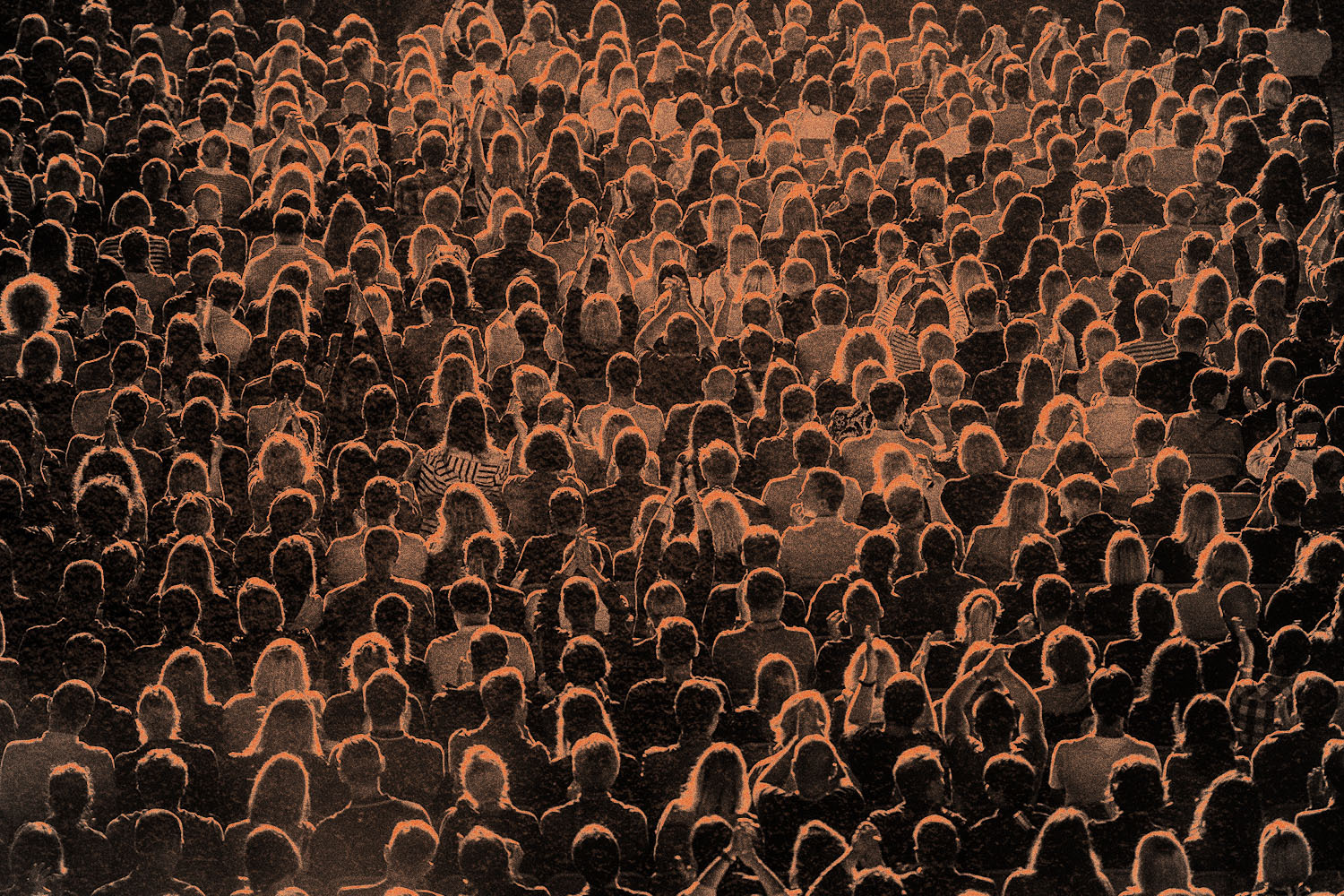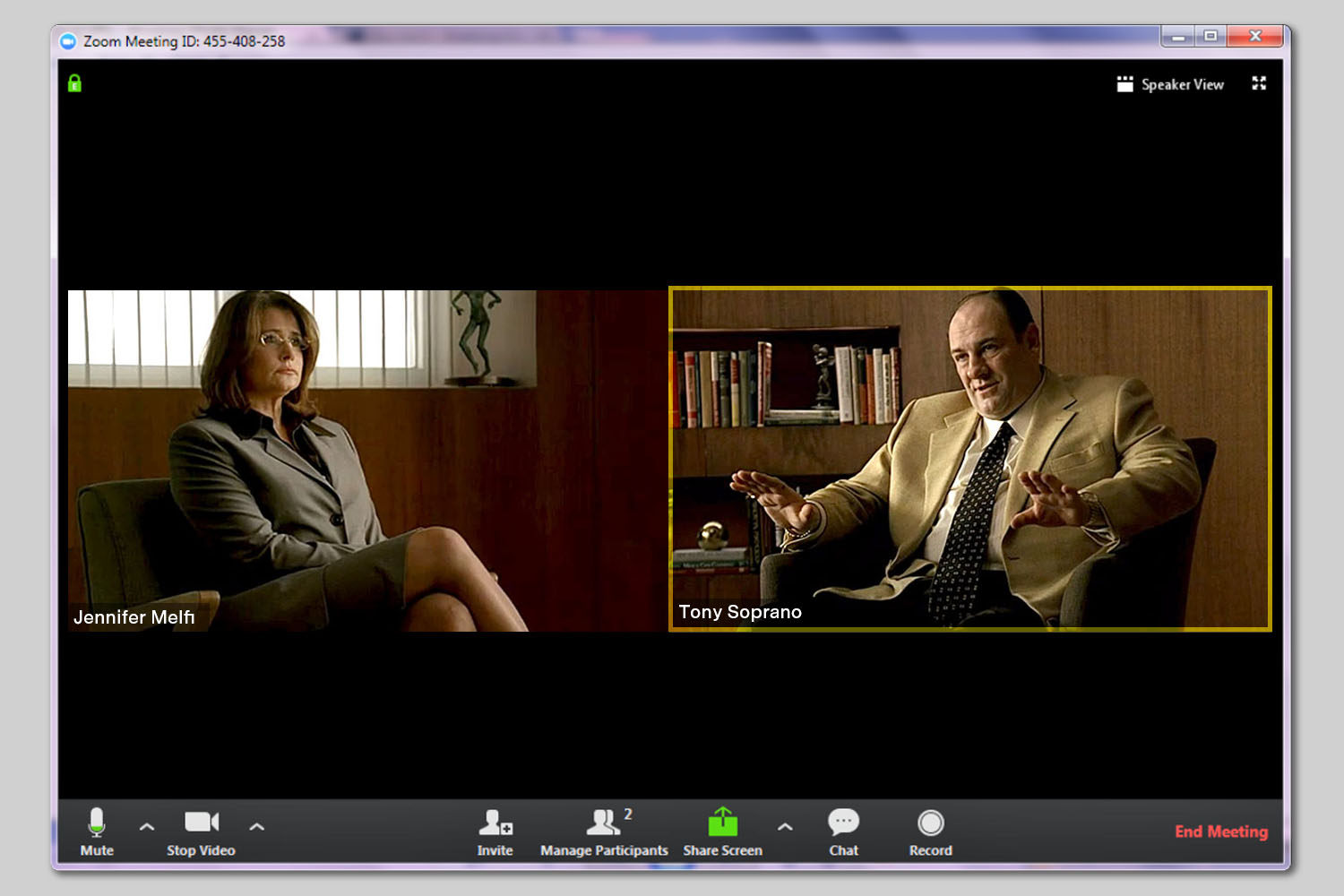You remember the sad boy of the early aughts, don’t you? Whether you knew him as an emo kid, a scenester or a shitty poet, the borderline-depressed boy with straightened shoulder-length hair and Saran-Wrap skinny jeans was omnipresent in American middle and high schools. The sad boys I knew were living incarnations of the Tumblr aesthetic, crushing on Prozac Nation’s Elizabeth Wurtzel while Drake’s “Marvins Room” blared through their headphones: “I’m just saying you could do better.” Although that particular slice of melancholia is about an ex, sad boys sang it to themselves, in the mirror.
But amid a pandemic, the term “sad boy” (often also stylized as sad boi, in internet parlance) took on a more literal definition. Antidepressant prescriptions spiked by 34% at the outset. In September, Zoloft was trending on Twitter, as if medicating yourself had just been featured in a NY Mag Approval Matrix. Lexapro, Klonopin, Celexa, Wellbutrin — internet-savvy twenty and thirtysomethings were suddenly trading personal medical information like holographic Pokemon cards.
Perhaps ironically, many of these lonesome young men are now congregating on the internet to celebrate the one thing their shared identity tacitly rejects: a sense of community. Crypto bros are exchanging Wojaks and sad Pepe the Frogs every time the market crashes. Crying Michael Jordan is making the rounds more than a decade after the crying occurred, and Sad Ben Affleck is a depressing nod to the alcoholism the actor has suffered through in the public eye — both now memes for easy consumption.
Meet the Sad Boys
Andrew, a 34-year-old hospital pharmacist, says that his “sad boy” identity was born long ago, as a Millennial raised in the Deep South during emo’s golden age. He worshiped My Chemical Romance and Dashboard Confessional’s MTV Unplugged set. He was often chastised for dying his hair black and bought women’s jeans “before skinny jeans were ubiquitously a thing for guys.” “I really thought I was something,” he says.
The pandemic brought Andrew’s “full sad boy” back to the surface. He’s proud he doesn’t run away from his bouts of depression, instead making his extended emotional state a “pretty visible personality trait.” But as a full-time hospital employee in a state that was “fucking ravaged by COVID,” that same self-pronounced characterization morphed into something a little too on-the-nose.
Unable to numb himself from the trauma of watching COVID patients pass away at his place of work, he began to isolate himself from friends while going through a heartbreak in April of 2020. He spent most of the pandemic physically alone, turtling in his room with the curtains drawn, comforted only by Spotify’s “unlimited supply of playlists [that] make you feel like shit when you wanna feel like shit”: Rex Orange County, Chris Carrabba, Morrissey (who Andrew goes out of his way to point out is very much an asshole, catalogue of A1 sad anthems notwithstanding).
“I can’t really quantify how many days I just went home and sat in the dark listening to whatever would keep me sad,” Andrew says. “It’s a strange thing that I didn’t listen to pop or literally anything else that could counter my sadness — it just felt more comfortable to be sad with someone else who was sad through my speakers.”
When real human interaction failed him, those speakers became his saving grace. That’s why for so many men who are labeled “too emotional,” the sad boy culture is liberation, an invitation to openly indulge the feelings ravaging their little black hearts, even if embellished for dramatic effect.
Another “lifelong sad boy” and 31-year-old editor living in New York City, Brett, points out that the sad boy revival — once spearheaded exclusively by “middle class white boy alt kids” — has grown increasingly diverse thanks to Gen Z. He cites the upheaval of everyday life during COVID as the moment that “changed everything.” As far as he can remember, this is the first time in his life that everyone — especially men — has been forced to look inward.
While that’s progress for a culture that has long advised young men to toughen up and swallow their tears in periods of crisis, Brett sees through the sad boy mask. As someone who often lost himself in the literature of David Foster Wallace and Jack Kerouac (“who was a proto sad boy when he was on a comedown”), wore alt band T-shirts and earned the nickname “Sad Poet” in high school, it’s both a crutch and a coping mechanism.
“You’re willing to acknowledge your feelings, most of which are melancholic at best and borderline suicidal at worst, but you’re typically too self-centered to be a threat to yourself,” says Brett. (His quarantine heavy rotation? Phoebe Bridgers and Manchester Orchestra’s latest albums.)
Jordan Lindley, a 25-year-old singer-songwriter in Nashville, says that sad boy culture entered his life through writing lyrics, and has stayed with him through the same medium ever since.
Whether he’s playing “Wash” by Bon Iver, “Quand Vas Tu Rentrer” by Melody’s Echo Chamber or anything by Bridgers or Death Cab for Cutie, Lindley knows how to lean into his feels in true Yung Lean fashion. “I’m definitely sitting and overthinking shit for like hours: comparison, expectations, obsessing, whatever. Aimless scrolling. Pondering existence.”
The result? A good ol’ sob. Through music, Lindley gives himself permission to feel, to be vulnerable to his emo-kid core.
“Subconsciously, it makes you feel less alone, and it gives you insight and perspective,” he says. “It makes you think both that you’re not alone and that, a lot of the time, it’s not that big of a deal.” But what if it is a big deal?
What’s Underneath All That “Emo” Masculinity?
For so many men who have crowned themselves internet sad boys, the struggle to embrace genuine vulnerability can also lead to a shrinking circle of non-virtual friends, away from the safe havens of Twitter, TikTok, Instagram and Reddit.
Vice News Reports producer and journalist Sam Eagan detailed his own struggles with making friends in New York amid the pandemic in a recent episode titled “‘It’s Rough Out Here’: A VICE Guide to Making Friends.” Generally speaking, he wasn’t entirely abandoned. He had co-workers and internet friends, some of whom he’d been corresponding with on Instagram for more than two years. And, of course, he had the comfort of his favorite sad boy meme accounts, like @rentsduethursday, which chronicles “our coming doom from wealth inequality and climate catastrophe.” As a fallback, there was always the option to play DOOM on his PS4.
But there was a disconnect happening in Eagan’s life. Something wasn’t translating, and those internet friends weren’t translating to IRL homies. His worst days would be filled with “lots of wallowing in misery,” which in turn drove him further into his online life.
That’s where the notion of a sad boy crosses over from a kind of tribal internet persona into a legitimate mental health issue. For boys like Eagan and Lindley, the term “sad boy” is synonymous with “experiencing mental health issues” or “clinically depressed.” They both agreed that their male friends had historically been less transparent about mental health struggles or speaking publicly about antidepressants. Seeking help meant they had to acknowledge their vulnerability — and in doing so render themselves less tough, less resilient, less masculine. And the moment that men begin to use the “sad boy” label as an excuse to avoid getting professional help for very real anxiety or depression is when the culture becomes toxic.
“I think the label is trivializing the struggles of men, who kill themselves at vastly disproportionate rates,” Eagan says. “But hopefully, it can at least normalize the issue for men … even if it’s a little tongue in cheek.”
Mental health care remains less inviting to men than it is to women. Female therapists post expertly designed graphics encouraging deep belly breaths, affirmations and the acceptance of old trauma. But a recent meme captured the unfortunate inverse of that culture of positivity and solidarity: women too often have to nudge or nag their cis male partners into even trying therapy, and even then, many refuse. This is how a lifetime of exposure to macho culture norms teaches a young man to process his emotions: Suck it up. Push it down. Soldier on. For many, adopting a sad boy online persona becomes the only outlet for coping.
“The South is very much into alpha-male bullshit and toxic masculinity is the default here, so it was very difficult for me to talk about my mental health struggles growing up,” Andrew says. “I was very fortunate to have a supportive family so it made it easier, but I know folks who haven’t survived because they were embarrassed to talk about it … part of that [was] bottling those dark thoughts and ‘being a man’ instead.”
“Men are not allowed to feel anything other than happiness or anger, so we are wholly unequipped to experience, rationalize and express emotions outside that binary,” adds Eagan. “It’s incredibly haunting and hard and scary to feel emotions that you are not taught to process from a young age effectively, and to truly just not have the language to express them.”
It’s no coincidence then that sad boys like Lindley, who says he never got permission to show emotions or sadness, turned to artistic outlets where he could sing about “self-deprecating stuff” in place of expressing real emotion. Where he grew up, the dads in town never showed emotion towards their sons, and their fathers weren’t emotional with them. “Subconsciously, I think it leads us to believe that we’re weaker or smaller if we’re vulnerable,” Lindley says.
Dr. Lee Phillips, a psychotherapist based in New York City, explains that this resistance to emotional expression is completely normal behavior based on the environment many men grow up in. With no allowance for their own sadness, he says, the somewhat jovial or cartoonish sad boy community makes sense as both a coping mechanism and an emotional outlet. But men won’t recover until openly engaging with their emotions is no longer viewed as feminine or unmanly — something that speaks to a broader culture of homophobia that remains pervasive in American society.
“If you’re seen as feminine, then you must have something going on with your sexuality, right? But we know that’s not true,” says Dr. Phillipps. “All sorts of people have emotions and feel hurt, and cisgender heterosexual men are no different. We try to hold space in our therapy offices to encourage men to be able to talk about their depression or any other mental health needs that they have.”
For those who are both self-prescribed sad boys and genuinely depressed, Dr. Phillipps says it’s normal to feel embarrassed or shameful regarding depression, given that most men have been told all their lives not to show any signs of weakness. “Immersing themselves in a sad boy type of culture allows them to keep their depression very confidential without even putting the sadness to their name,” he says.
On the Mr. Bright Side
While Brett, the New York City editor, hasn’t necessarily made any new friends, he says partaking in the sad boy movement during the pandemic has allowed him to be more open about mental health to existing male friends with whom he never would’ve broached the topic in the past. Being sad online, then — behind the mask of some NFT avatar profile picture, in metaversal chatrooms — has actually facilitated stronger friendships in his day-to-day life.
Although Andrew believes it’s still easier to make self-harm jokes (which he admits can be both awful and therapeutic for those with a traumatic past) and shroud his heavier emotions in a cloak of irony, he, too, is seeing progress in his online relationships. He’s made close friends on Twitter, who he says are “way easier to talk to than IRL friends, tbh,” as well as guys he knows from video games, soccer and music circles that he talks to every day. Although he hasn’t met them in person yet, their connections are emotionally important to Andrew, just as Eagan values a Twitter group chat where users shares memes, sports news and openly discuss their struggles. “Intimacy is dope,” Eagan says.
This shift — where, perhaps, as men become more open, honest and communicative about seeking help, they encounter new avenues for male friendship in a way that doesn’t glamorize or commodify sadness — is an inch in the right direction. While Brett acknowledges that sad boy culture won’t achieve true vulnerability until men stop performing gender roles according to the same heternormative script they have for centuries, he takes comfort in knowing that there’s a little more room to “improvise” now. In the meantime? “Just vibe out and be a little melancholy, fellas. Don’t ruin anyone else’s time,” he suggests.
I’ll leave you with one final piece of advice from resident sad boy Andrew: “Therapy fucking rules. Antidepressants fucking rule. Don’t be afraid to reach out to someone if it starts getting a little too dark and the sarcasm and shield of being a sad boy isn’t cutting it anymore.”
The Charge will help you move better, think clearer and stay in the game longer. Subscribe to our wellness newsletter today.
























